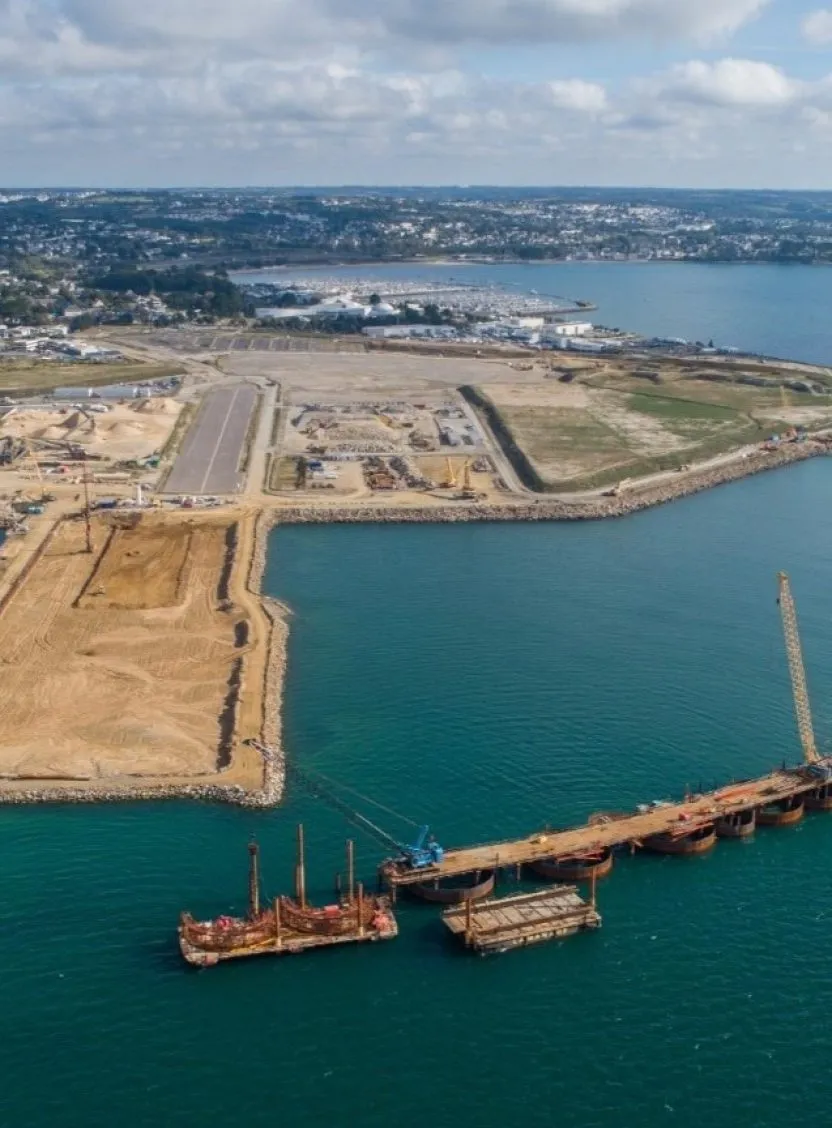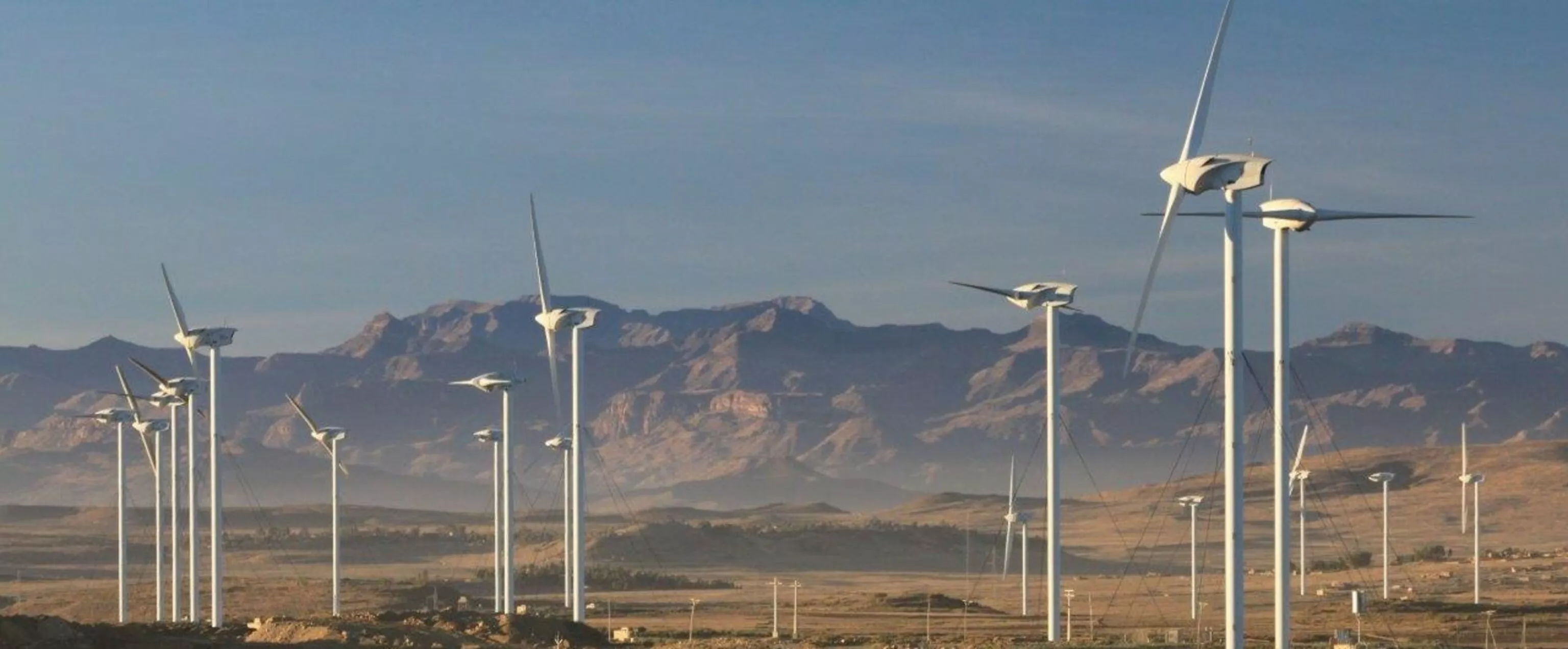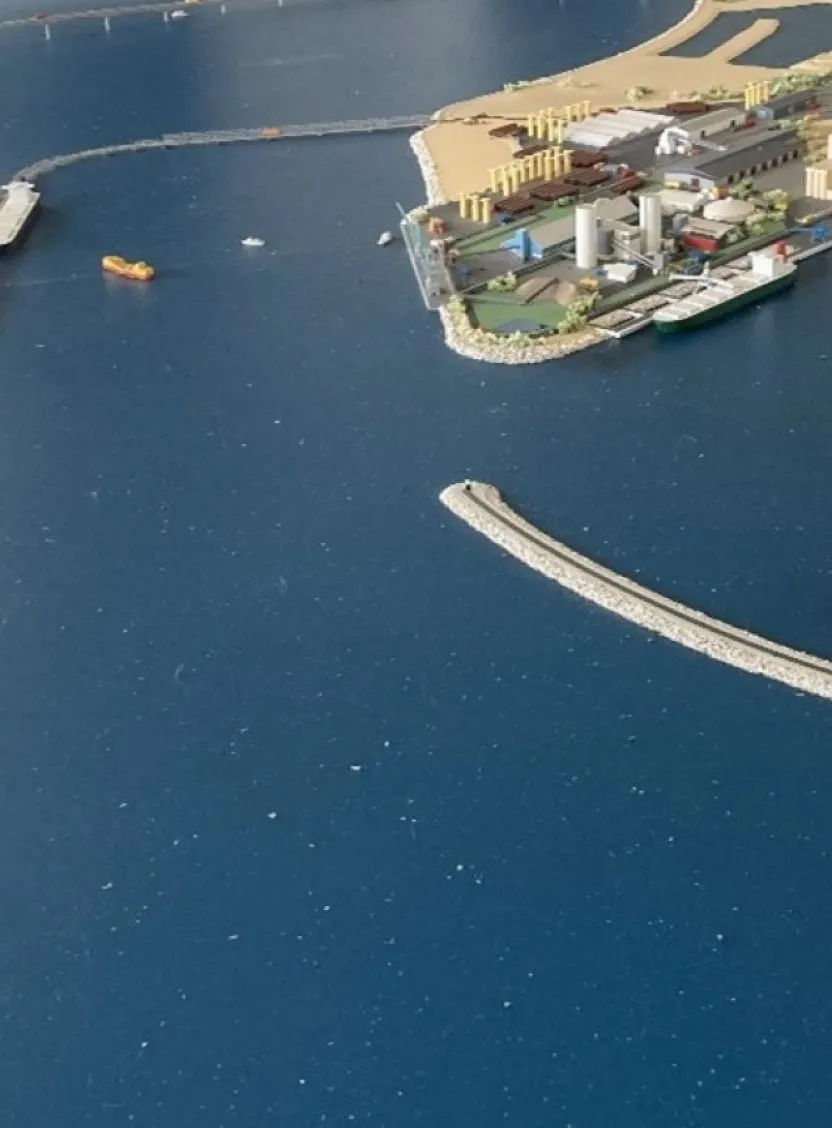
In the context of an EPC contract, VERGNET was in charge of the project “Ashegoda Wind Farm” in Ethiopia. With a capacity of 120 MW, it was the largest wind farm in sub-Saharan Africa at the start of the project (October 2009). With the supply and installation of wind turbines, this project also includes the construction of roads to access the turbines (about 35 km in total), power grids (underground and aerial 33 kV) and the 33kV / 230kV substation which injects the energy produced into the national transport network.


